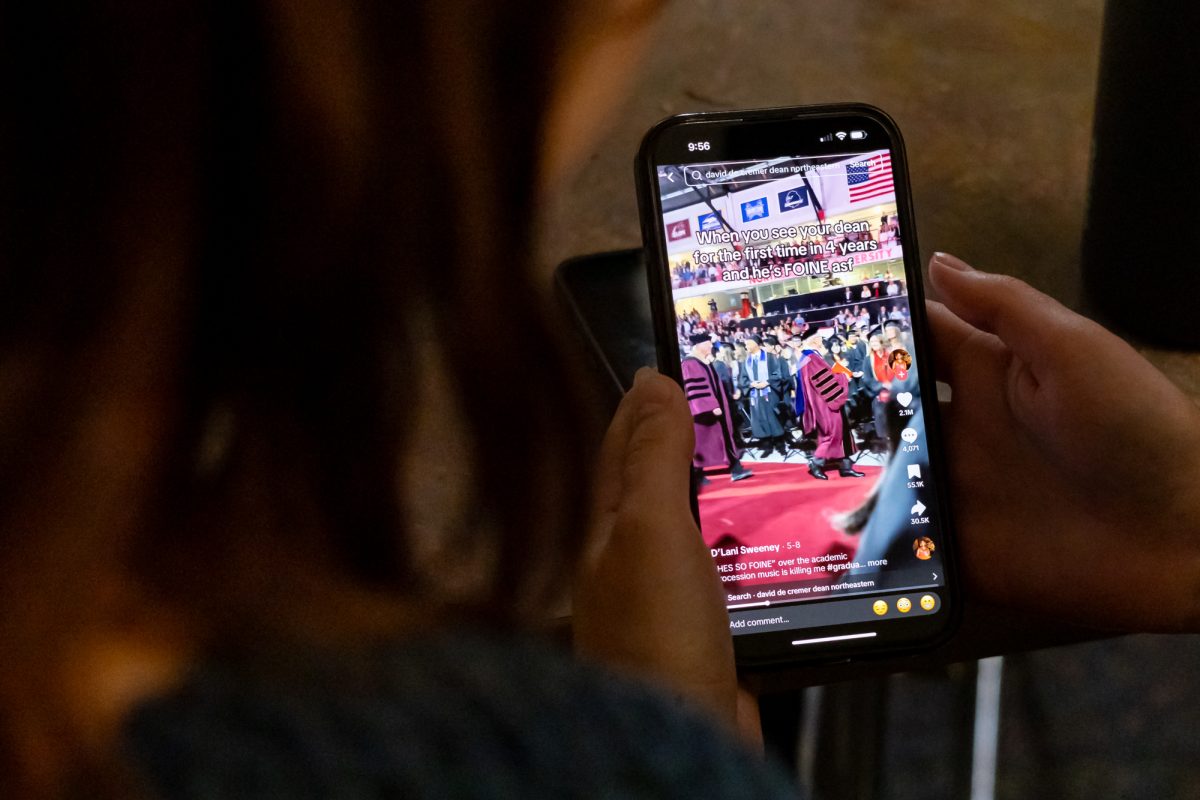By Priya Amin, news correspondent
Boston’s Museum of Fine Arts (MFA) recently opened a new exhibit featuring approximately 50 works by African-American artists John Wilson and Eldzier Cortor, both of whom passed away last year.
Wilson, a Roxbury native, depicted Martin Luther King Jr. as the subject of many of his works. The exhibition includes multiple renderings of King that Wilson created in preparation for a bronze bust of the venerated civil rights leader, although the bust itself isn’t part of the showcase. Cortor, a Chicago-based artist and printmaker, was known for his groundbreaking portrayal of black female nudes, influenced by both African and European Surrealist art.
“I would hope that [what] the public or visitors take away from [the exhibit] is a feeling for how these artists work through so many different states for their work,” said Elliot Bostwick-Davis, chair of the Art of the Americas department. whether it’s a preparatory drawing or, in the case of Wilson, going back and really thinking about Martin Luther King, rendering [him] in print, rendering him as a sculpture, and rendering him in drawing.”
Both Wilson and Cortor use art to portray their experiences as African-Americans. As Bostwick-Davis pointed out, featuring African-American art is an opportunity for the MFA to portray different American voices.
Sabina Fontenemme, a visitor at the museum, said she felt it was important for the MFA to display works from black artists.
“A lot of our black history is lost,” Fontenemme said. “We could get people to actually know about our black history and know about people of color who do actually contribute in different ways,” Fontenemme said.
Though the subjects and styles of Wilson’s and Cortor’s works are typically very different, there is common ground in how they chose to portray women. One of Wilson’s pieces, titled “The Dressing Table,” depicts his sister looking at herself in the mirror. Many of Cortor’s works, such as “Room No. V” and “Woman with a Mirror III,” also feature women, typically nude, standing in front of mirrors. The women in these pieces represent a struggle among African-Americans to be comfortable in their own skin, according to Bostwick-Davis.
“Both of these artists and so many African-American artists are playing off of the mirror because of the way that they have no control over their own race,” Bostwick-Davis said. “You’re just born as you are to your parents and if your face is black, you’re looking at that black face in the mirror.”
According to Bostwick-Davis, Cortor’s son Michael felt that his father took it upon himself to showcase the beauty of African-American women. Unlike the traditional portrayals of women as mothers and caretakers or sex symbols, Cortor’s works often show women dancing, if not in front of a mirror.
“[I liked] the fact that he used a woman, a black woman, in different views and aspects,” said Jon Buissereth, an exhibit visitor. “He used different colors and [I like] how he illustrated them not really as a sex symbol, but not either as a plain Jane. To me it’s a different vision, a vision I’ve never seen before, and it’s nice.”
Bostwick-Davis said the staff at the MFA is very excited about this exhibit because it’s given them an opportunity to showcase works they acquired in 2007 through a donation from George Wein, whose late wife, Joyce, knew Wilson. Many of Cortor’s works were acquired through his son, who also invited those at the MFA to visit Cortor’s studio in New York City.
Bostwick-Davis, and her colleague Cody Hartley, the director of curatorial affairs at Georgia O’Keeffe Museum, had the opportunity to visit Cortor’s studio and experience his art process firsthand.
“There [in the studio] you get a real feel of an artist’s working environment. You had everything from clippings, from popular magazines, whether it was Vogue, or models he admired,” Bostwick-Davis said. “[Cortor] was working on a vision of his own that was really creating a composite expression of African-American beauty based on what he felt was important to represent.”
“Wilson/Cortor” will be on display at the MFA through Aug. 6, 2017.
Photo by Lauren Scornavacca









